1.4.1 🐶🐄 Searching Online, Egyptian (and Mayan) Math, Colliding Galaxies, Clarus the DogCow
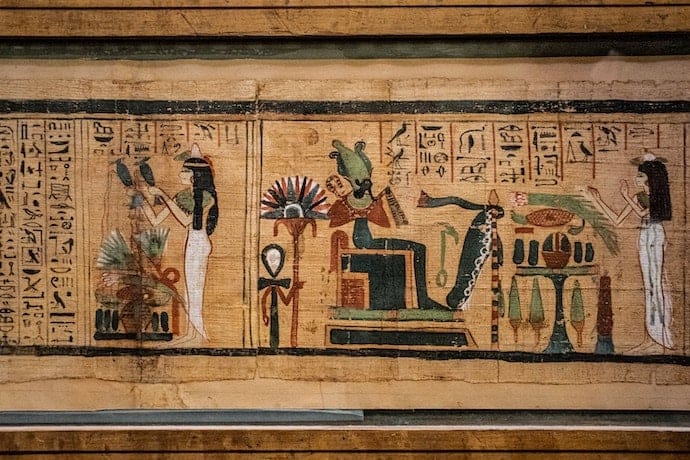
Welcome to this Wednesday email. Finding information online is a critical skill, one that has taken me years maybe decades to figure out. Also, in our kids computing magazine, we published interesting articles about how Egyptians (and Mayans) did math. The Mayans, for example, only used three characters to work within a vigesimal Base-20 system: a conch shell for zero, a dot for one, and a bar for five. Our supposedly modern Base-10 system uses 10 characters. This email also has one of my favorite characters, Clarus the DogCow. Plus astronomy apps and 3D modeling software links for kids not into coding. I hope you enjoy this issue. If you received this email from a friend, definitely consider subscribing. Thank you for reading!
How to Search Online
Perhaps the easiest way to find ideas to improve your search engine skills is to go to the Google website and use the search phrase, how to search with search engines. As of today, there's 12 different options at the top to learn more about wildcard searches, doing math equations, excluding irrelevant words, and other techniques. These techniques also (mostly) work on DuckDuckGo, Bing, and other search engines.
And, of course, it's important to learn how to evaluate the relative value of one search result over another. Accuracy matters but the neutrality of a source also is an important factor to consider.
How to Search on Google (and elsewhere)
https://support.google.com/websearch/answer/134479
https://www.google.com/advanced_search
Smart Online Search Tips for Kids
https://www.youtube.com/embed/pqGlhNDx7_k?si=_vyFfg0MELgI_VJu
10 Internet Safe Search Engines for Kids (and Chrome Extensions)
https://www.familyeducation.com/kids/safety/online/10-internet-safe-search-engines-for-kids
Kid-Safe Browsers and Search Sites
https://www.commonsensemedia.org/lists/kid-safe-browsers-and-search-sites
Multiply Like an Egyptian (and Count Like a Mayan)
“We usually associate the term binary with computers, but it is, by no means, restricted to our PCs. It’s a whole numerical system that can be used for all kinds of applications dating back to ancient Egyptian times when complicated multiplication was performed way before computers were invented. The best part is, we know exactly how they did it, so you can learn, too.”
If you like this article, definitely read the article about ancient Mayan math. Where our math is a base-10 system with 10 characters from 0 to 9, the Mayans used a base-20 system with only three characters.
Multiply Like An Ancient Egyptian
https://kidscodecs.com/ancient-egyptian-binary-numbers/
Ancient Mayan Math
https://kidscodecs.com/mayan-numerals-explained/
When Galaxies Collide
Did you know that our Milky Way galaxy will collide with the Andromeda galaxy? In four billion years, though, so we don’t have to exactly worry. But this video shows what the collision will look like from earth. If anyone is around.
I found Ashley Christine, aka modern_eratosthenes_ on Instagram, through her fun science videos which are often about math and astronomy. She’s a mathematician and STEM writer and communicator. While her videos first appear on TikTok, she has them on Instagram and on her website too. All of her videos are short, deal with interesting STEM problems and questions, and very approachable.
If you’re wondering, Eratosthenes was a Greek polymath: a mathematician, geographer, poet, astronomer, and music theorist. He was chief librarian at the Library of Alexandria. He also is known for being the first person to calculate the circumference of the Earth with remarkable accuracy.
Collision with Andromeda
mondernday_eratosthenes_
https://www.instagram.com/modernday\_eratosthenes
https://www.moderndayeratosthenes.com/
Eratosthenes
https://en.wikipedia.org/wiki/Eratosthenes
Clarus the DogCow
Throughout history, there are many examples of “mash-ups”. Mashing up two or more things that don’t go together can create funny, interesting combinations. The ancient Egyptians had Bastet, with a cat head and a human body. In Russian folklore exists a creature called Alkonost, with the head of a woman and the body of a bird. In the US, we have jackalopes: rabbits with deer antlers!
In computer history, an interesting and, sadly, mostly forgotten mashup is Clarus the Dogcow. Susan Kare created Clarus while creating a font called Cairo, which is full of odd characters called dingbats. Kare was a designer at Apple Computer in the 1980s and is responsible for the garbage can icon and many other icons which we still use today on our computers.
Clarus also makes a sound: moof! Which makes it sound like Clarus is a CowDog, not a DogCow...
The History of Clarus the Dogcow
Dogcow
https://en.wikipedia.org/wiki/Dogcow
Macintosh Technical Notes #31: The Dogcow
Clarus the Dogcow: Moof Museum
List of Hybrid Creatures in Folklore
https://en.wikipedia.org/wiki/List\_of\_hybrid\_creatures\_in\_folklore
The Swift Programming Language: The Basics
https://docs.swift.org/swift-book/documentation/the-swift-programming-language/thebasics/
Astronomy Apps
With the onset of nice weather, at least in the Northern Hemisphere, it's a good time to look up at night to see the stars. My favorite constellation is Orion, which I've seen every place I've lived so far. Astronomy apps are a fun and kid-friendly way to introduce them to what's off our planet. NASA also has a kids club that might be fun to check out, in addition to apps for iOS and Android.
Before you download any app, definitely check out the reviews, privacy information, and version history to see how often the app is updated.
NASA Kids Club
https://www.nasa.gov/learning-resources/nasa-kids-club/
NASA Apps
https://apps.apple.com/us/app/nasa/id334325516
https://play.google.com/store/apps/details?id=gov.nasa
Solar Walk
https://apps.apple.com/us/app/solar-walk-space-simulator-3d/id347546771
https://play.google.com/store/apps/details?id=com.vitotechnology.SolarWalk
I Hate Coding: 3D Model Software
Maybe a little strong but it is true not everyone enjoys coding. Despite it being an important skill to understand how software is created and works. There are other non-coding technologies that might interest kids (and people) who like to do things with their hands. For example, SketchUp and Blender are software tools used to build things, from buildings to bicycles and other things.
SketchUp
https://www.sketchup.com/try-sketchup#for-personal
https://help.sketchup.com/en/sketchup-web/using-sketchup-web
https://help.sketchup.com/en/sketchup/3d-printing-model
Blender
https://www.blender.org/support/
https://www.blender.org/support/tutorials/
https://www.jaredowen3d.com/learn-blender
This Week
Our Sunday issue this week will have fun often offbeat links about straightening the leaning Tower of Pisa, when humans started wearing clothes (important if you want to time travel, and don't want to embarass anyone), NASA approved plants for filtering air, why Earth became frozen 700 million years ago, and more.
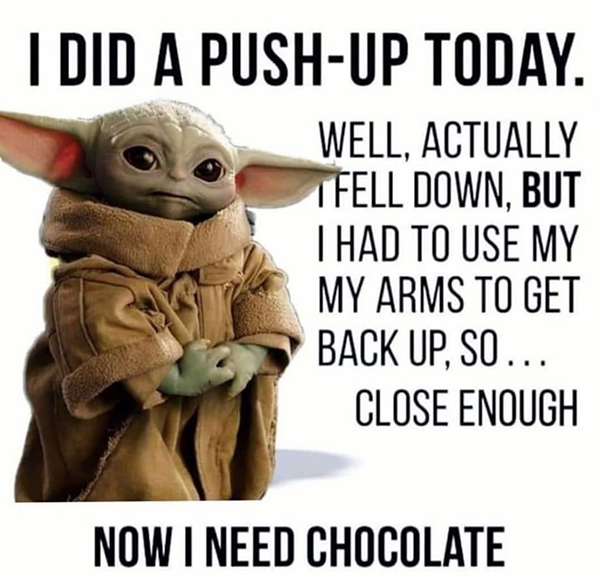



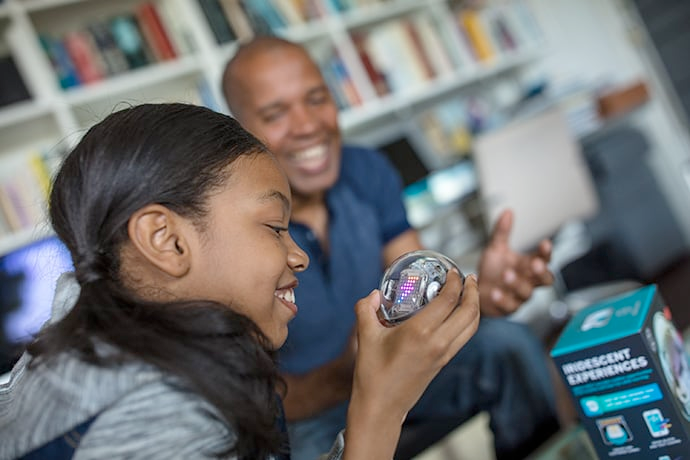
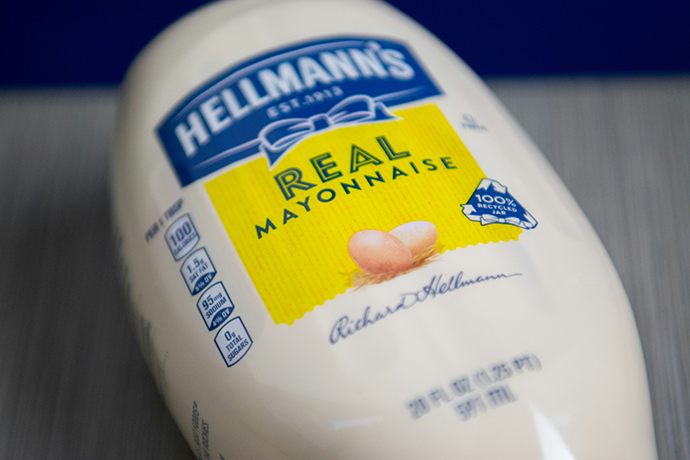
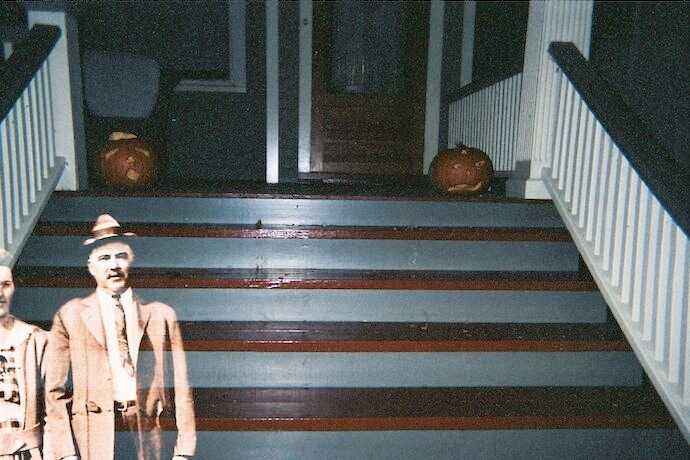
Member discussion